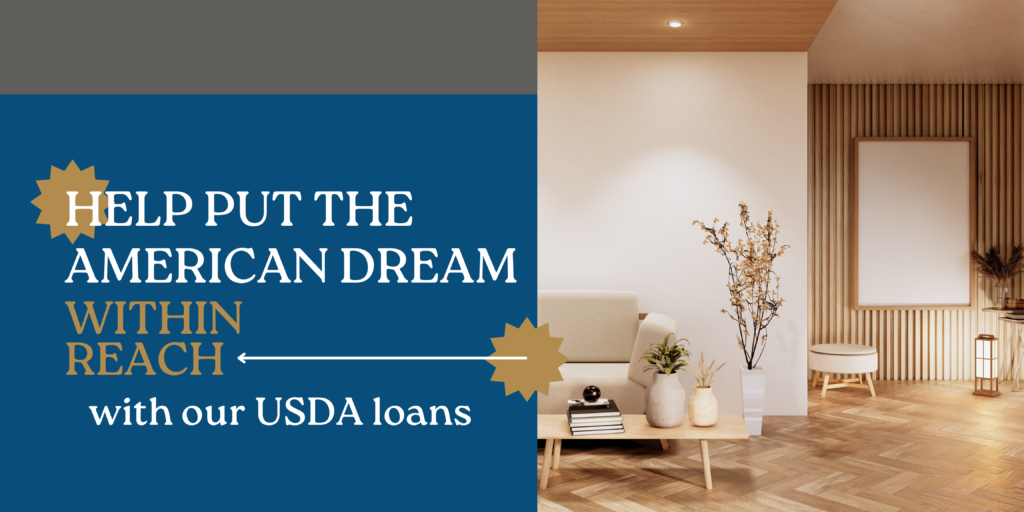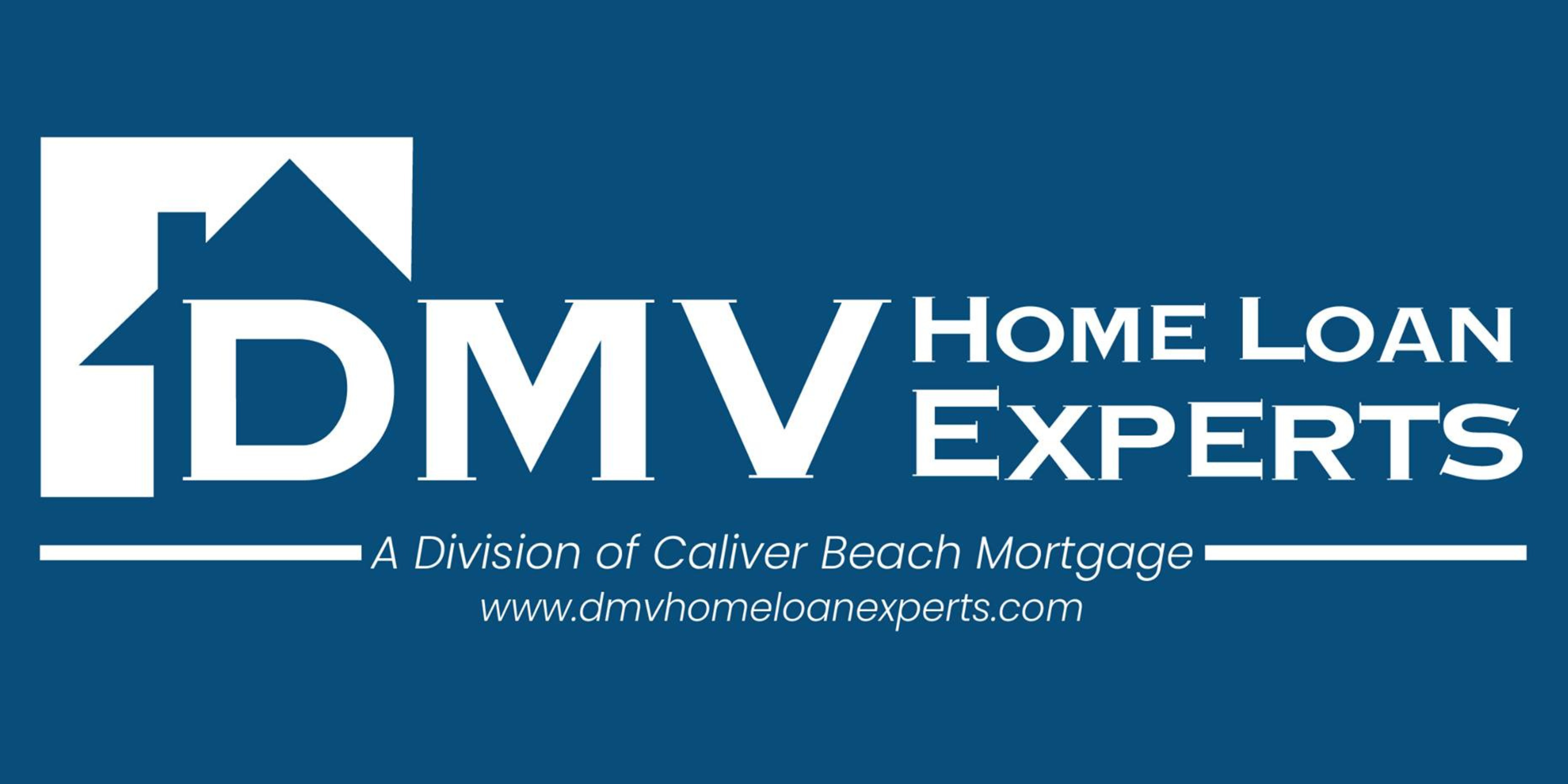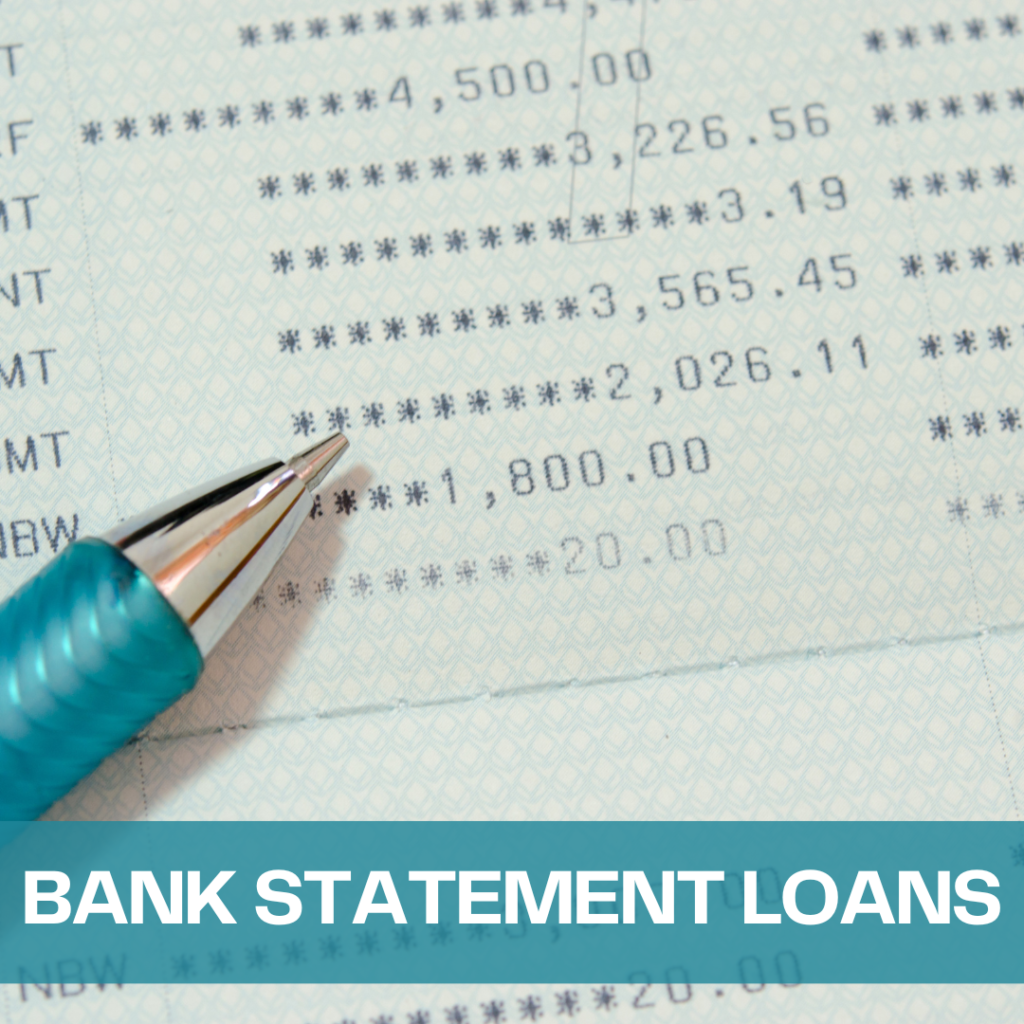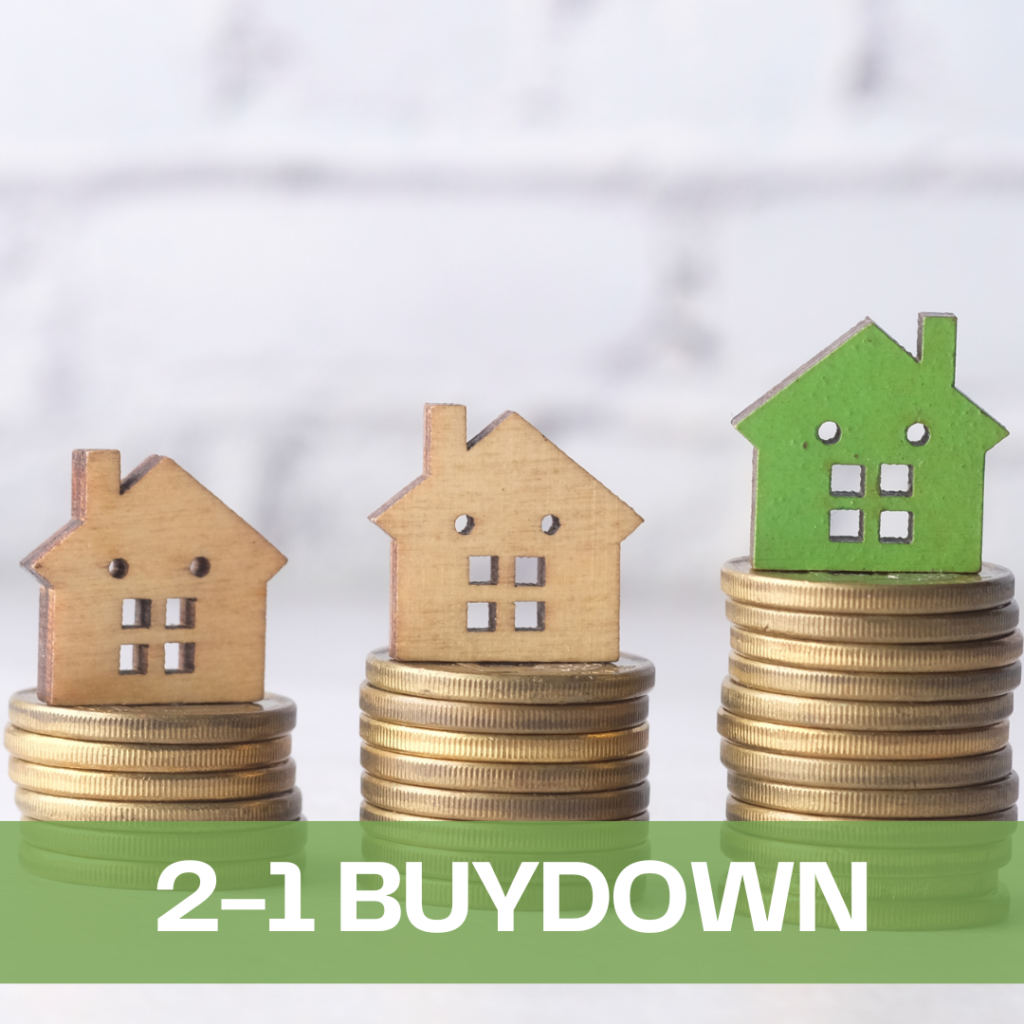
PURCHASE A RURAL HOME WITH NO MONEY DOWN
- Special low rates for qualified borrowers
- 100% financing – no down payment
- Seller credits may help pay for closing fees
- Potentially roll closing fees into your monthly payment
FAQs: U.S. Department of Agriculture (USDA)
SINGLE FAMILY HOME LOAN GUARANTEES
What does this program do?
This program helps approved lenders make 100 percent-financed, no-money-down mortgage loans to eligible low- and moderate income applicants.
Backed by USDA Rural Development, the 90 percent loan note guarantee encourages lender participation by helping them minimize risk.
With a Single Family Housing Guaranteed Loan, applicants can buy an existing home (including the cost of rehabilitating, improving, or relocating the dwelling) or they can build new. The home must be used as their primary residence, and must be modest, decent, safe, and sanitary.
This program is not restricted to first-time home buyers.
Who can apply?
Applicants must:
- Have a household income that does not exceed 115 percent of the median household income of the area in which the eligible house is located.
- Agree to occupy the dwelling as their primary residence
- Be a U.S. citizen, U.S. non-citizen national, or qualified alien as defined in Public Law 104 – 193, Subtitle A, Sections 401 – 404, available at this link: https://go.usa.gov/xtduS
- Be unable to get conventional financing with no private mortgage insurance (PMI)
- Not be suspended or debarred from participation in federal programs
What types of properties are eligible?
- Must be located in an eligible rural area (a property eligibility map is available at this link: https://go.usa.gov/xtdJj)
- Must be a single-family dwelling (this includes detached, attached, Planned Urban Development (PUD), condominiums, modular, and manufactured homes)
- Existing dwellings must meet U.S. Housing and Urban Development (HUD) standards found in its Single Family Housing Policy Handbook 4000.1 (available at this link: https://go.usa.gov/xtdSt)
- There is no set maximum purchase price. Loans are based on an applicant’s repayment ability
- There are no set acreage limits, although acreage must be considered common for the area
- There are no “seasoning” requirements. This means that, provided they are otherwise eligible, “flipped” properties are allowed
What are some primary applicant qualifications?
- Income: Borrowers must demonstrate stable and dependable income for repayment qualification. Minimum income history requirements depend on the income source.
- Assets: No down payment or reserves are required.
- Credit: Although there is no set credit score requirement, applicants must demonstrate a willingness and ability
- to repay debts. Lenders can assess alternative credit for applicants with no traditional credit.
- Monthly housing payment: Adjusting for eligible compensation factors, total payment (principal, interest, taxes,
- insurance, Home Owners’ Association dues, and Rural Development’s annual fee) cannot exceed 29 percent of the
- applicant(s) gross monthly income.
- All monthly debt payments shown on the applicant(s) credit report – including the proposed new mortgage payment – cannot exceed 41 percent of the applicant(s) gross monthly income, adjusting for eligible compensating factors.
- Seller (or interested party) contributions cannot exceed 6 percent of the sales price.
- There is no limit on the amount of gift funds an applicant can use.
How are the loans structured, and how can funds be used?
- Eligible buyers can purchase an existing, eligible dwelling, or build new using the USDA Combination Construction-to-Permanent (Single Close) Loan Program (available at this link: https://go.usa.gov/xtfbe (PDF).
- Current USDA Rural Development borrowers can take advantage of lower rates by using one of RD’s refinance options. Information is available at this link: https://go.usa.gov/xzwQC (PDF)
- The interest rate is negotiated between the applicant and the lender, and must be a 30-year fixed rate.
- Program lending extends to 100 percent of the property’s appraised value, not the purchase price. Thus, borrowers potentially can include closing costs and home repair expenses into the financing.
- In addition to closing costs and eligible repairs, funds can be used for reasonable and customary expenses associated with the purchase, including items such as utilities connection fees, tax and insurance escrows, essential household equipment, and site preparation.



